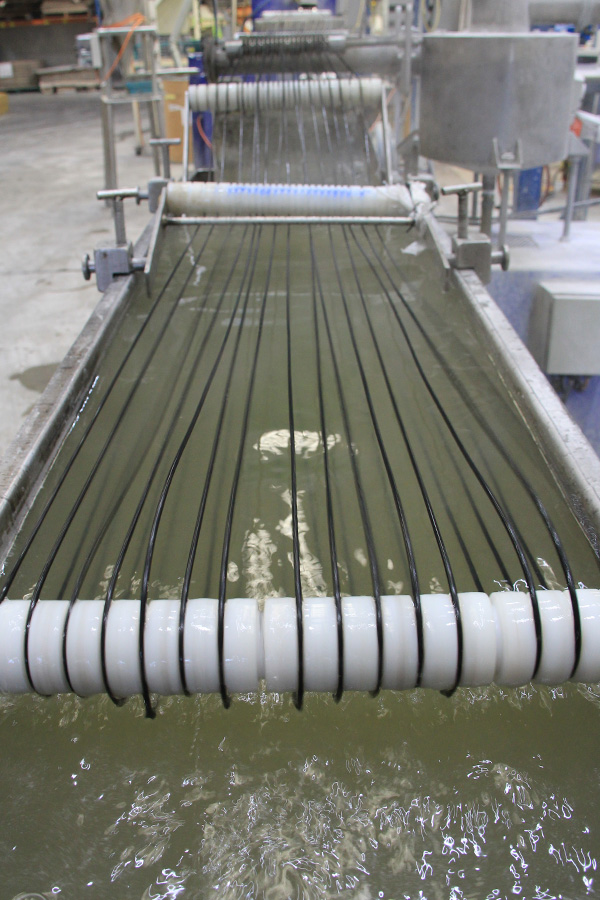Duraprop compounds are based on polypropylene which can be tough and flexible, especially when copolymerized with ethylene. This allows polypropylene to be used as an engineering plastic, competing with materials such as ABS.
Duraprop is manufactured in primarily homo-polymer and co-polymer polypropylene. The co-polymer variant is generally used for impact while homo-polymer compounds tend to exhibit higher tensile strength and stiffness.
Duraprop can be engineered with all of the following attributes:
- Impact modified – (Improved Strength & Stiffness attributes)
- Glass Fiber reinforced – (Improved Strength, Stiffness & Dimensional Stability at high extrusion temperatures)
- Glass Fiber & Impact modified – (As above + Improved surface appearance)
- Mineral reinforced – (Enhances Strength, Stiffness & maintains typical chemical resistance)
- Glass & Mineral reinforced – (Excellent balance of mechanical properties combined with minimal warpage)
The low-cost and improved performance of these polypropylene compounds may help displace more expensive engineering polymers such as polyamide, ABS, polycarbonate and others where performance criteria will allow.

Key Benefits of Duraprop
- Very high chemical resistance
- Excellent impact resistance
- Higher scratch resistance than HDPE
- Excellent moisture resistance
- Food Grades
Resistance To Chemicals
Color Guide
- E – 30 Days of constant exposure causes no damage. Plastic may tolerate for years.
- G – Little or no damage after 30 days of constant exposure to the reagent.
- F – Some effect after 7 days of constant exposure to the reagent. The effect may be crazing, cracking, loss of strength or discoloration.
- N – Not recommended for continuous use. Immediate damage may occur. Depending on the plastic, the effect may be severe crazing, cracking, loss of strength, discoloration deformation, dissolution or permeation loss.

